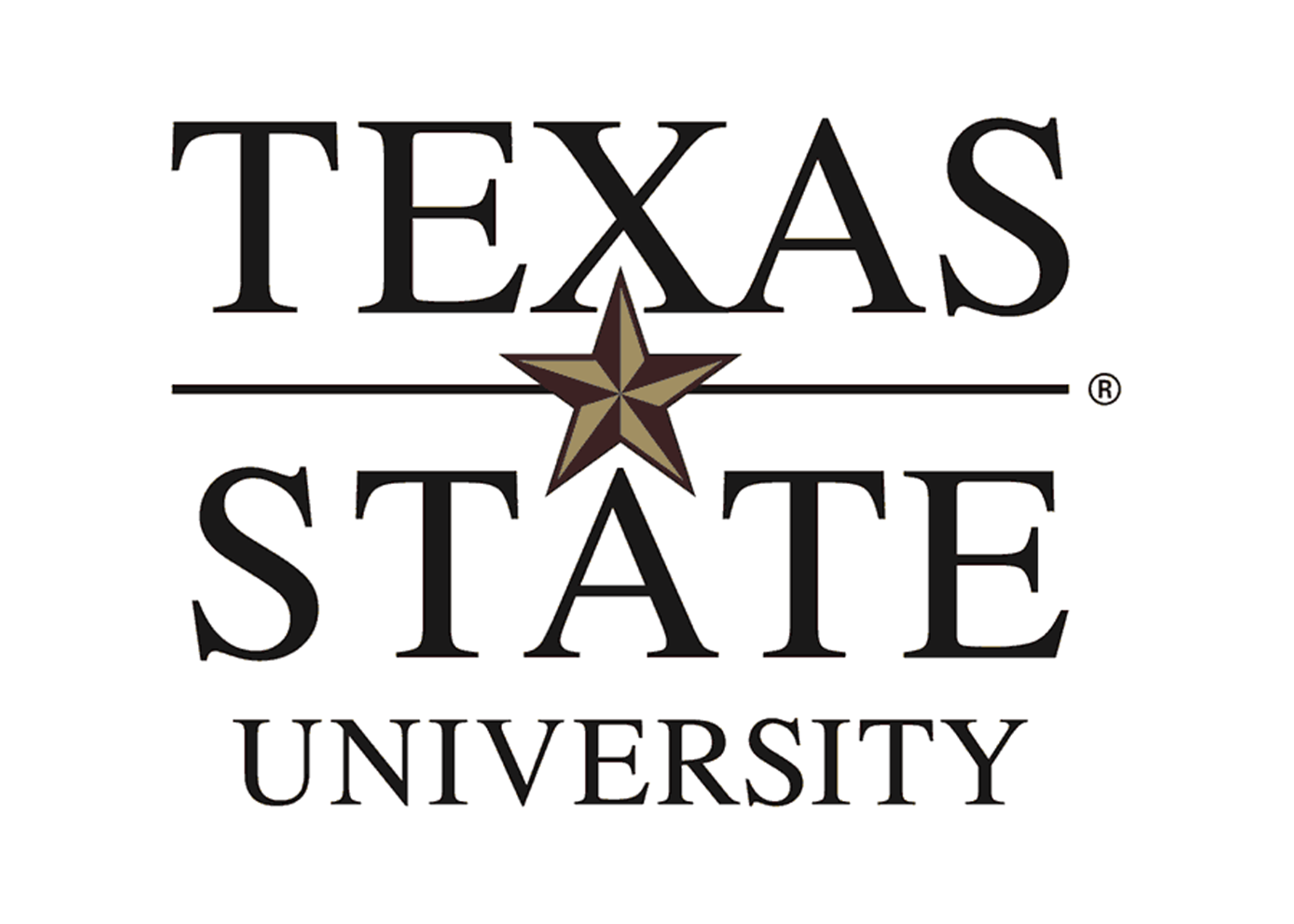TXST Digital Repository
The Texas State University Digital Repository is the open access institutional repository for the university to collect, manage, share, and preserve free, worldwide access to research and scholarship of Texas State University faculty, staff, and students.
More information: https://guides.library.txstate.edu/institutional-repository
Communities in DSpace
Select a community to browse its collections.
- Research centers and institutes supporting scholarly and creative activities across the university.
- Research, creative, and scholarly works created by the university community organized by area.
- Academic publications and conference proceedings from members of the university community.
- This community is a work in progress! Please do not submit materials.
- Electronic theses and dissertations, and graduate and undergraduate Capstones and Directed Research.
Recent Submissions
Dietary Influence on Reproductive Development in Female Largemouth Bass, Micropterus Salmoides
(1994-12) Horne, Heather L.; Rosenblum, Paul; Arsuffi, Thomas; Brandt, Thomas
Dietary influence on reproductive development in female largemouth bass, Micropterus Salmoides, was investigated. Female bass were raised on either a pelleted diet or a forage diet of goldfish, Carassius auratus. Dietary levels of testosterone (T) and estradiol-178 (E2) were measured to determine if they exert might their influence. Gonadosomatic indices (GSI) and plasma levels of T and E2 were measured through the months of recrudescence. Forage fed bass showed earlier peak GSI, in March, and plasma hormone levels over the pellet fed bass in the months of reproductive development. The pellet fed bass overcame a period of delayed gonadal growth with a peak GSI in April. It appeared that the hormones in the diet might have caused the delayed gonadal development in the pellet fed animals because both T and E2 can exert negative feedback effects on gonadotropin secretion from the pituitary.
Because diet did influence gonadal growth, ovarian tissue from bass raised on both diets was incubated in vitro in the presence of human chorionic gonadotropin (hCG) to determine if there were differences in their ability to produce T and E2. Ovarian tissue from the pellet fed bass was less responsive to hCG in the later months of recrudescence, February and March. Testosterone and E2 production from small and large follicles was also measured to determine which follicles were responding to hCG stimulation. Small follicles were more responsive to hCG for E2 production and large follicles were more responsive to hCG for testosterone secretion. This data suggests that diet does influence gonad development in this species, perhaps mediating its effects through ovarian response to gonadotropin.
The Synthesis and Properties of Structurally-Related Amino Acids
(1958-08) Hopson, John W.; Harding, Winfred M.; Key, Carroll L.; Norwood, Pat H.
No abstract prepared.
A Study in the Art of Choral Speaking and Its Value in the Education Process
(1950-08) Hopkins, Margret Alice Damron; Burgum, Leland S.; Rogers, J. Lloyd; Bruce, Irma L.
No abstract prepared.
Harold Frederic's Contribution to American Realism in His Novels of Country Life
(1967-06) Hopf, Ola Mae; Houston, Ralph H.; Stone, Jerome W.; Brasher, Thomas L.
No abstract prepared.
The Development of Education in Guadalupe County, Texas
(1942-05) Hopf, Emil H.; Grusendorf, A. A.; Wiley, E. O.; Rogers, J. Lloyd
No abstract prepared.
